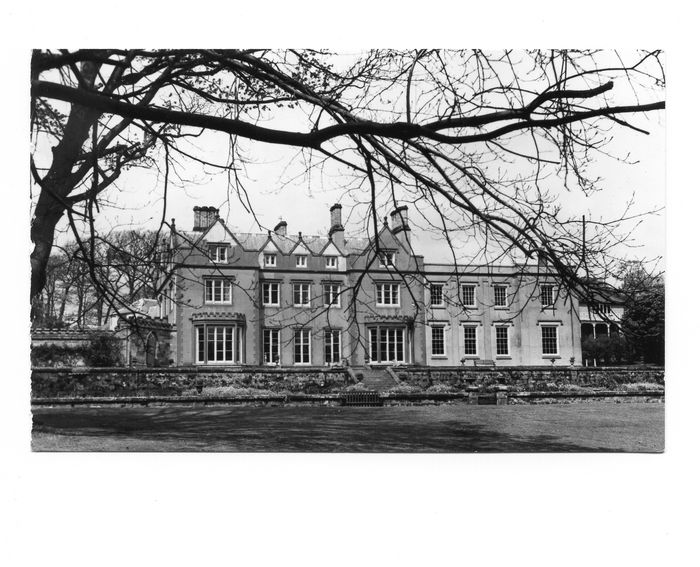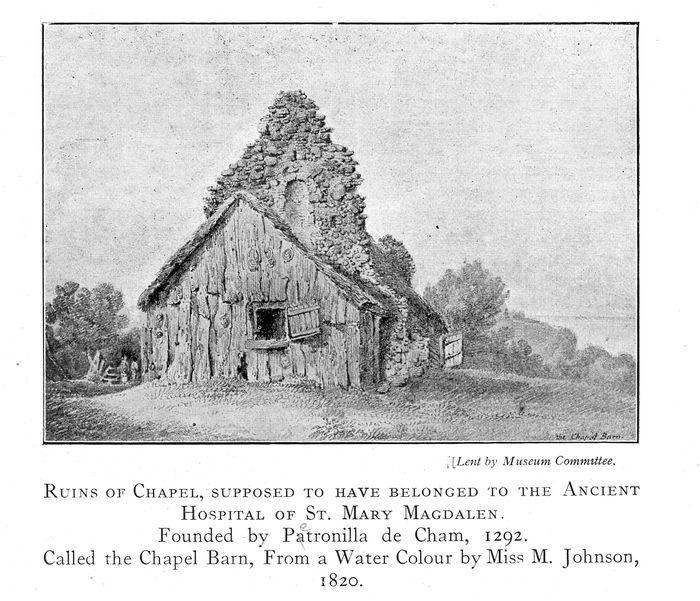A Brief History of Bohemia – part 1 – Bohemia House
By Edward Preston (Dec 2007)
A frequently asked question is: ‘Why is Bohemia so called?’
The area that is today known as Bohemia should, I suggest, really be called Upper Bohemia, since it takes its name from Bohemia Farm which occupied the land now known as Summerfields – a good half-mile from the church. The only vestige of the farm remaining is that odd little piece of land, north of the Oval, and east of the St Mary Star of the Sea school.
The farmhouse was demolished and rebuilt as a substantial mansion in the early 1800s, for G. N. Collingwood, and was known as Bohemia House. During 1830, Princess Sophia Matilda of Gloucester lived there for some time before removing to the Castellated Villa in Quarry Hill, now called Gloucester Lodge.
Wastel Brisco, an important figure in the town, became the owner about 1832. He it was who had the replica Roman Bath built, and laid out the woodland walks. Finally, Dr C. E. Williams, headmaster of Summerfields – the renowned school in Oxford – acquired the house and lands in 1903, and established the St Leonards branch of Summerfields School there.
The school attracted pupils from far and wide, including Harold Macmillan, later to become prime minister, and King Hussein of Jordan. Although the school closed and the building was demolished in 1972, the name Summerfields has survived.
The oldest houses remaining in the locality – late 18th century – are numbers 1 and 2, Bohemia Cottages, having grade II listed status.
Just above them is the entrance to De Cham Road, where for many centuries stood the ancient hospital of St Mary Magdalen (see picture). This would not have been a hospital in the modern sense, but more in the form of almshouses. The illustration from 1820 shows the last remains.
COMMENT
Bob Hart writes (Feb 2008)
Dear Sir,
I was interested to read the item A Brief History of Bohemia [Dec 2007]. The photograph of Bohemia House, demolished 1972, illustrates the lack of foresight of Hastings Borough Council who chose to demolish it rather than caring for it and finding a new use such as still much needed civic offices. The tragedy of the loss of Summerfields House is compounded by the fact that the space is now occupied by the portacabin-like structure of the Registry Office and the HBC Estates Dept.
At the time it was considered to be too much trouble to preserve a list of items identified by the Museum Curator to be worthy of salvage and many were lost and others strangely disappeared before the bulldozers moved in.
The Council’s Philistine attitude to old buildings and structures continues to this day as the Walled Garden that was associated with the house remains on the edge of the woodland behind the Magistrates’ Court. It has received virtually no maintenance over the last 30 years or more, and must get attention soon before sections of the 12’ high walls begin to collapse.
The Council doesn’t regard care of old structures as a priority. A rare survivor of the Victorian age, the Walled Garden is not listed and in another town would be cherished and cared for. In Hastings the Council is waiting for a new user to come forward who will take responsibility for repair and maintenance and create a use that is in keeping with the original kitchen garden use of the 19th century. There is now an opportunity to bring the walled garden back to life. HBC, the owners, are doing nothing to prevent its decay.
Bob Hart, TN34 2LE
Leave a Response
You must be logged in to post a comment.




